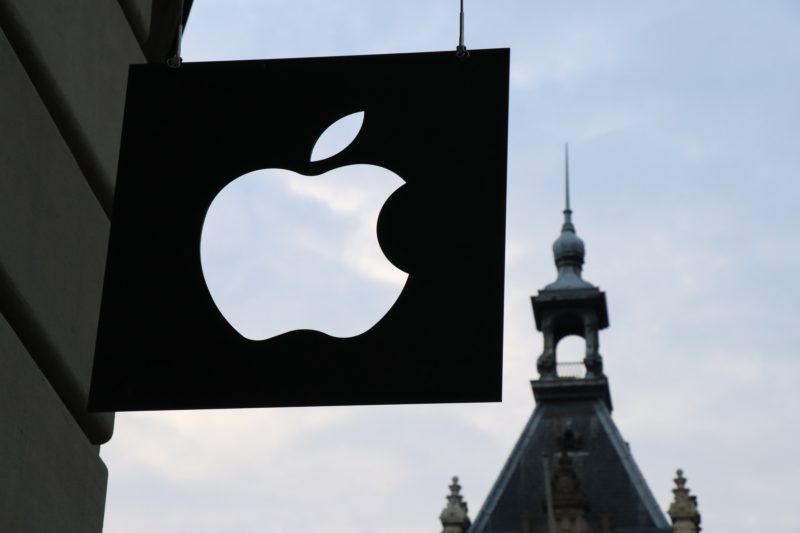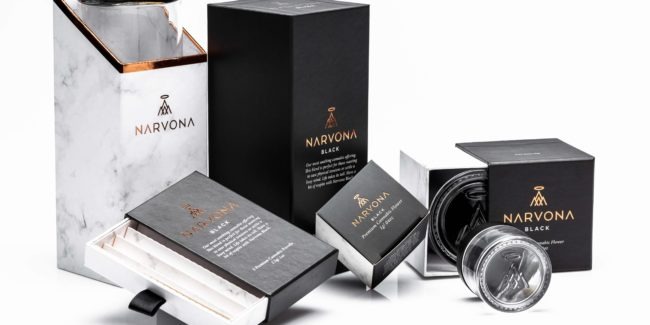The story of a cannabis company is more than the revolutionary product you invented or the origin story of you and your co-founder meeting as college dropouts and changing the industry forever. There are many components that help tell your brand’s story. And these are collectively known as your brand. Your brand explains what you do and tells your audience what they can expect of your company. Doing that in a way that sets you apart from others takes strategy. In order to strategize the promises your company will make, you first need to understand the fundamentals of cannabis branding.
As you and your company dive into the process of telling your story, it’s important to keep in mind these principles of branding.
Five Key Principles of Cannabis Branding
1. Let your values guide your cannabis brand
What your company values–sourcing sustainable materials, donating a portion of your proceeds to charity, etc.–should also guide how you design and present your brand. If, for example, your company promotes gender equity among its executive-level positions but designs a sexist ad campaign, brand and values aren’t in alignment. Showing your values is doubly important for connecting with your audience, who reacts best to relationships–a brand they can trust–and emotional pulls. When companies tell stories in a way that customers can connect to, they pull at hearts and pursestrings. Of course, presenting your brand inauthentically has the opposite effect, which leads to principle number two.
2. Be authentic and trust that modern consumers have a lot of media literacy
In the era of woke advertising, companies overuse activist hashtags or make baffling advertising choices quicker than you can say Kardashian appropriation. Generation Z is reaching an age of real buying power. It’s important for companies to realize their consumers were raised on technology and 24/7 media. They are quick to call bullshit on companies that fake it. If you continue to stay true to your values, that should guide the rest of the branding process and keep you from making choices that will result in a public Twitter shaming.
3. Brands are bigger than the sum of their parts
A brand is the culmination of products, people, and presentation. Your logo, typeface, copy, and other components separately are not your brand. Parts of your brand will evolve, but they should never do so in a way that detracts from the whole company story. Take, for example, Radio Shack’s last gasp at relevency. They thought changing their name to simply The Shack would attract hip millennial shoppers. But a superficial (and dorky) change didn’t save them from bankruptcy. A company that got it right, Apple, knew that changing the first iteration of their logo wasn’t simply about going for a more modern logo. It was about branding themselves as a company not stuck in the past, but ever-evolving toward the future. The new logo was a part of their bigger brand story.

4. Know what competitors are doing with their brands
Chances are your product already has competition. Unless you’ve invented something entirely new, what makes you stand out is not determined by the product alone. You stand out by how you present it. Pay attention to what your competitors are doing–good or bad. On one hand, you can learn what mistakes to avoid. On the other, you can learn from those doing a great job with cannabis branding.
5. Don’t be afraid to play with expectations
One of the most endearing and funny choices companies make is loosening up a bit through their social media. Most people don’t think of Denny’s as funny or culturally relevant, so it was surprising to see a tweet in 2014 referencing the cultural juggernaut True Detective by way of a stoner thought for the ages, “Pancakes are a flat circle.” Points to them for knowing a portion of their clientele is stoners looking for a late night dining option. Their bio even references Spongebob Squarepants.
Of course, putting your Twitter account into the hands of your 20-year-old intern is a risky choice. Sometimes these social strategies fla The opposite of the Denny’s tweet is iHop’s tweet the next year: An image with the caption, “Flat but has a GREAT personality.” Their joke fell flat because they didn’t push expectations of what a homestyle family diner should be–in Denny’s case, self-referential and silly–they instead made a joke with misogynist undertones. Also, it was a tired joke.
—
All at once, your cannabis branding represents your company’s past (its founding and founders), present (current products or services), and your future (what your company aspires to). But branding is more than telling your company’s temporal timeline or even its grand vision. It’s also a matter of perception. Or as Entrepreneur notes in their definition of branding: “Your brand is derived from who you are, who you want to be and who people perceive you to be.”
Follow these basic branding principles, and potential customers will see the company you want to show them.



